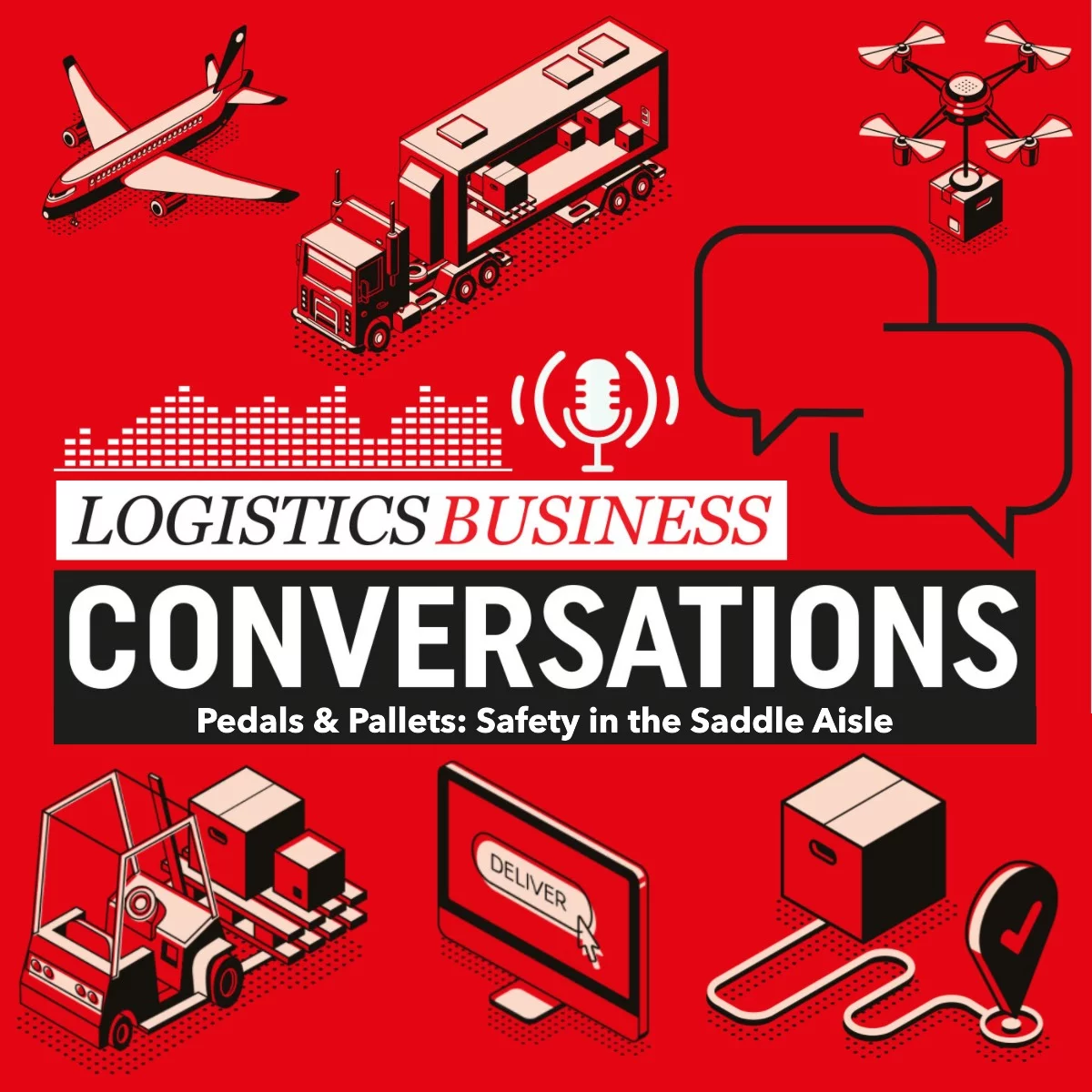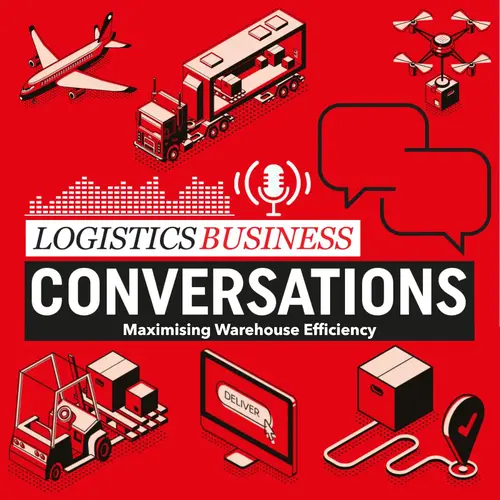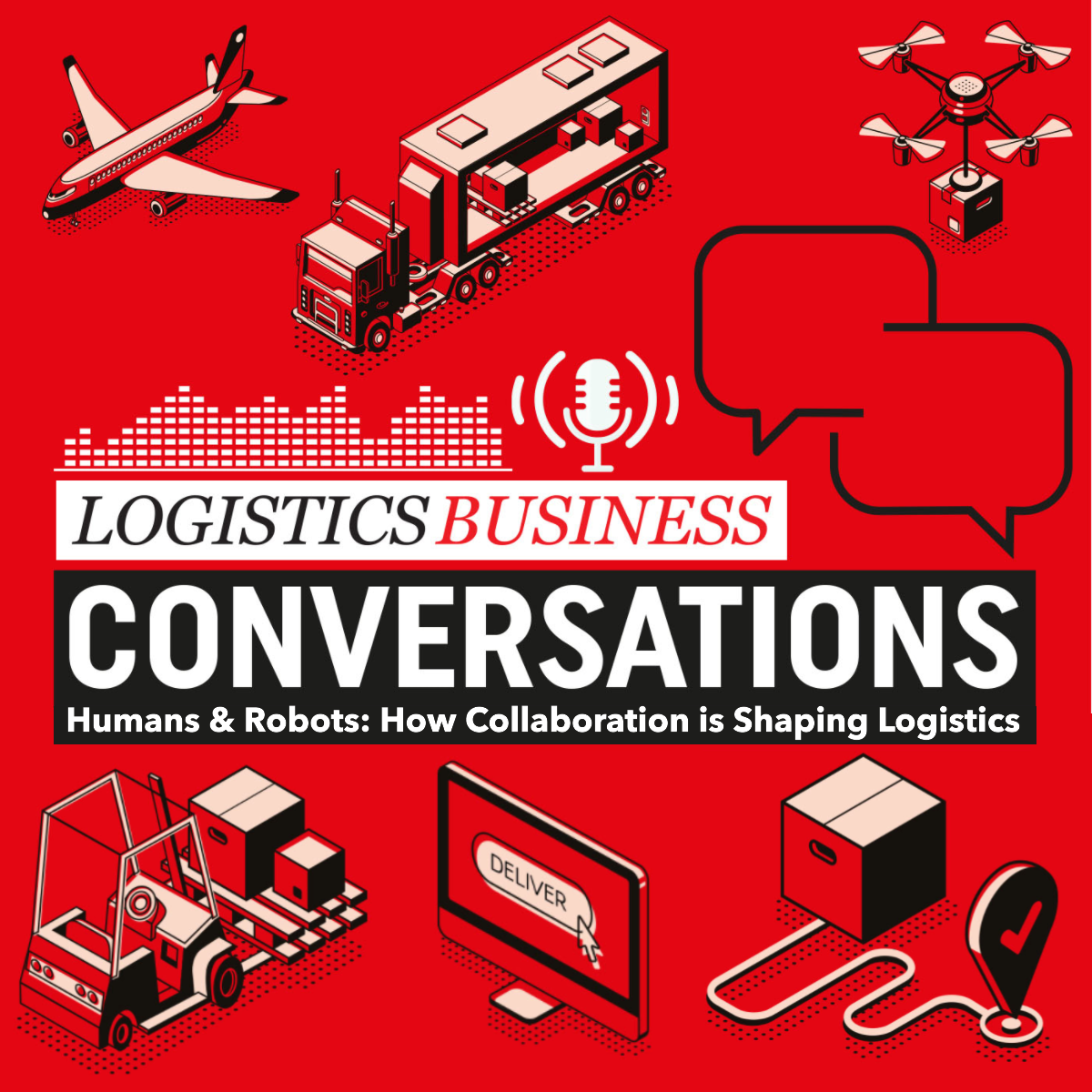In this ‘cycling podcast’ episode of Logistics Business Conversations, host Peter MacLeod speaks with Jim Ryan, founder of Sentry Protection Products, in a discussion that creatively draws parallels between cycling and warehouse safety. Ryan, a lifelong cycling enthusiast, uses his passion for the sport to illustrate key lessons in business strategy and safety innovation. He compares the forward momentum required in cycling to the need for constant progress and innovation in business—stopping, he says, means falling behind.
His long-distance cycling trips, particularly a cross-country ride with his brother, serve as a metaphor for planning in business, emphasizing the importance of having a main goal, a stretch objective, and a fallback option to manage unforeseen challenges.
The conversation explores the origins of Sentry’s signature product — an energy-absorbing column protector — and its evolution into a broader range of warehouse safety solutions. Ryan explains how initial resistance, particularly in European markets like Germany, gave way once competitors adopted similar concepts, validating the market need and helping push safety standards forward. He also discusses the role of collaboration, even with competitors, to advance industry-wide safety improvements.
Cycling Podcast
A major theme of the episode is the balance between speed and safety. Drawing comparisons to motorsports and modern cycling safety gear like radar-based lights, Ryan highlights the importance of infrastructural safety systems like Sentry’s Collision Sentry, which uses sensors to warn of potential collisions at blind corners. These tools, he notes, function similarly to how radar alerts cyclists to approaching vehicles, enhancing awareness and preventing accidents.
Ultimately, Ryan underscores that workplace safety is not just a regulatory requirement or added cost — it’s a vital investment in people. He argues that safer environments lead to higher productivity, improved morale, and greater business resilience. Just as cyclists must remain vigilant and equipped for changing conditions, businesses must combine the right tools, training, and culture to protect their most valuable asset: their people.
Click here to listen
In recent years, we’ve taken great interest in the products brought to market by Sentry, who are expert at identifying areas of danger and coming up with seemingly simple solutions to reduce or eliminate warehouse accidents. But after many conversations with James Ryan, the founder of Sentry Protection Products, only now do I fully comprehend the design and manufacture challenges
that lie behind ‘simple’ solutions such as its Column Sentry rack protectors, and the lead time it takes to conceive, test, trial and manufacture, and then bring to market such a solution. Not to mention the various international standards to which it has to conform.
Given enough time, anyone could come up with a complicated solution to solve a problem. But real genius lies in the ability to develop a solution that is both brilliantly effective and brilliantly simple, the “why didn’t I think of that” type of product.
Read Similar




![[Podcast] Adapting to Industry 4.0: Intralogistics Automation](https://9e1ed6cd27b6b3199380.b-cdn.net/wp-content/uploads/2025/07/TGW-Pod-Square-400.png)

![[Podcast] Future Fulfilment: Smarter, Scalable Warehouses](https://9e1ed6cd27b6b3199380.b-cdn.net/wp-content/uploads/2025/07/square-logo.png)

![[Podcast] Safety First: How to ensure Safety in Intralogistics](https://9e1ed6cd27b6b3199380.b-cdn.net/wp-content/uploads/2025/07/Design-9-4-1.png)


![[Podcast] Electric Freightway: Decarbonising the UK’s HGVs](https://9e1ed6cd27b6b3199380.b-cdn.net/wp-content/uploads/2025/07/Designer.png)

![[Podcast] Supply Chains: Evolving Risks and the Path to Resilience](https://9e1ed6cd27b6b3199380.b-cdn.net/wp-content/uploads/2025/07/Design-9-1.png)
